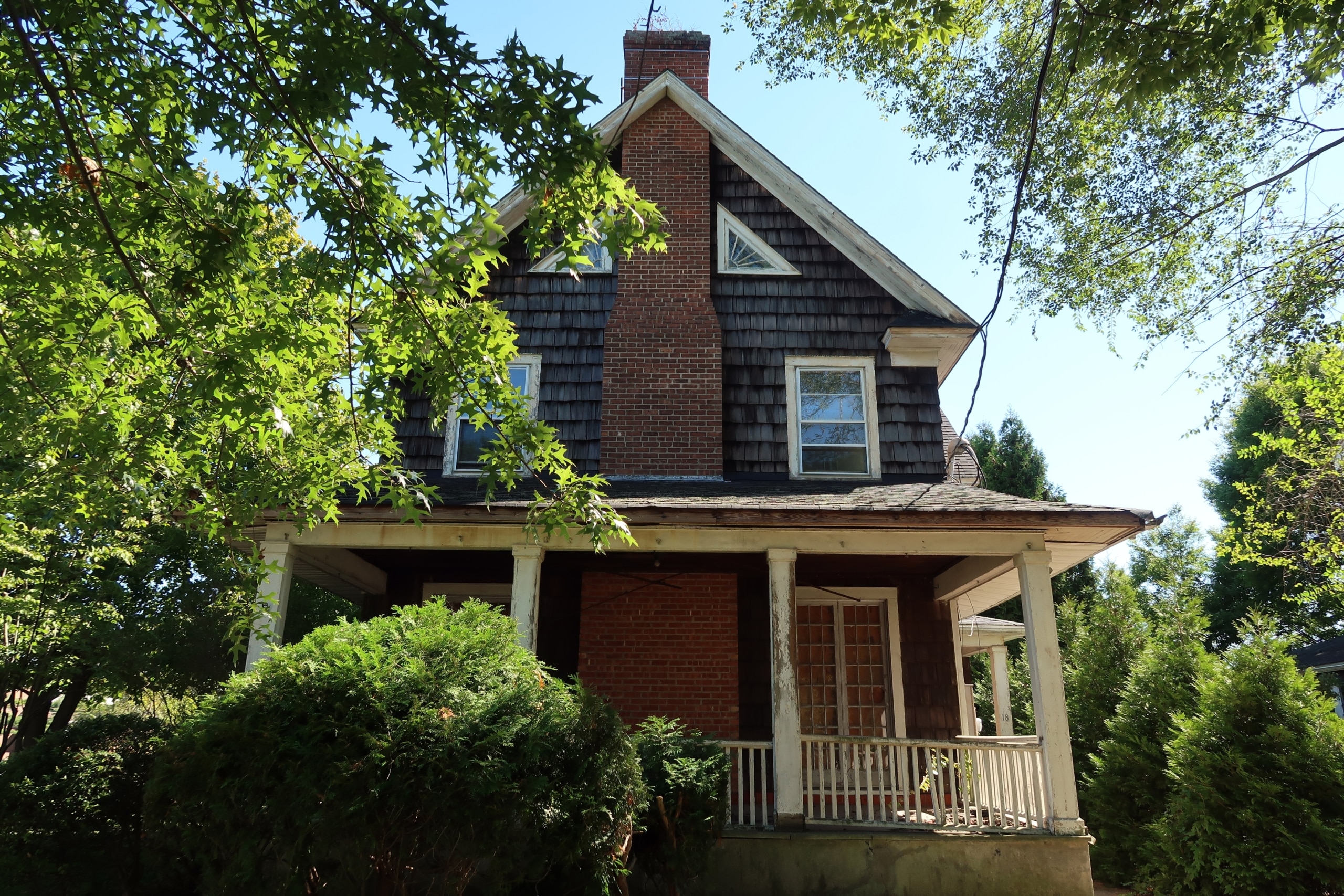Vacant Homes and Empty Storefronts: Why so many?
Q: I’m curious. There are several vacant homes in my area. They look abandoned. They are or were beautiful, but year after year, they sit empty. Similarly, there are a number of empty storefronts in my area, all with substantially high, competitive rates.
Why leave these storefronts empty? Landlords could lower the rates on the rents, rather than letting these properties sit vacant, year after year. Why not sell vacant homes for one dollar? Are the owners getting a kickback from the government because these properties are losing money for them? I can understand, in the case of homes, there could be many reasons (like probate, etc.), but storefronts?
Buying Homeowners Insurance For Vacant House
A: Let’s start with the vacant homes in your area that you say are abandoned. In many instances, and in some neighborhoods, homes might be truly abandoned. We saw this 15 years ago, during the Great Recession, in cities like Detroit, where blocks of homes were abandoned by their owners, and the city eventually tore them down.
In some situations, these homes aren’t really abandoned. The owners have died and the next of kin were perhaps never even aware that their relatives owned the homes. In other cases, the owners may be non-resident aliens. They may have purchased the homes but have perhaps died, leaving no heirs, or have left the country. And, in some cases, the owners simply don’t want to sell these homes and believe that holding on to them may give them greater value in the future. Even if they stay empty for years.
How Easy Is It To Finance Vacant Land?
A big part of the answer lies in these homes’ property taxes. Are the owners current? If not, then these homes might ultimately get sold to investors. But, that process can take several years to complete. In the meantime, homes and neighborhoods get run down. Property values follow.
In any case, there are many reasons why homes may be abandoned or look abandoned. Sometimes, homes may look abandoned but people are still living in them. Seniors may live in a house, rarely leave it, and never take care of the exterior. So, they look abandoned.
We have a house that looks abandoned – except for the occasional light that goes on. The house hasn’t had any work done to the exterior in more than 20 years. The paint is peeling. The brickwork needs tuckpointing. The roof looks like it should be replaced. We’ve never seen anyone exit the property. A car in the driveway hasn’t moved in years. It has a flat tire.
Trying to Profit From Pre-Foreclosure Homes? Read This First
In some communities, local governmental agencies work with owners to get those properties sold and onto the hands of new buyers who want to renovate and live in those homes. But it’s not always easy to facilitate that transition. It takes time to find the rightful owners, to get the paperwork in order, and to find a buyer willing to do the work.
On the other hand, commercial real estate is an entirely different kettle of fish. Business decisions generally determine whether a property remains vacant or not. For example, if a tenant decides to move out of a space but continues to pay rent, the landlord won’t fill the space with another tenant while the existing tenant continues to pay rent.
Sometimes, landlords have various properties available for rent in an area and are afraid that lowering the rent on one property will force them to lower the rent on all of their properties when it comes time to renew leases. Commercial properties are valued based, in great part, on the rent they generate. Lower rent levels can have a huge negative impact on the value of their properties. It can make it very difficult for the owner to refinance or sell.
Can’t Sell a Vacant Lot? Try This
In fact, lower valuations could trigger default provisions in the owners loan documents. Loan documents frequently contain provisions that tie the performance of the buildings to the lender’s agreeing to continue to loan money on the property. So, owners may prefer to keep a retail store empty than admit to a lender that their property value has gone down.
Also, commercial leases tend to be longer term. Sometimes these leases last 5 to 20 years. The landlord does not want to agree to a lower rent today that will reduce the value of their income stream for all of those years. They might prefer to wait for the right tenant than agree to a 20 year bad deal.
Finally, there is basic supply and demand. Sometimes there are just too many stores available and too few retailers wanting those spaces. Even lowering the rent won’t take care of that situation as local economic forces make it very tough to find tenants.







Leave A Comment